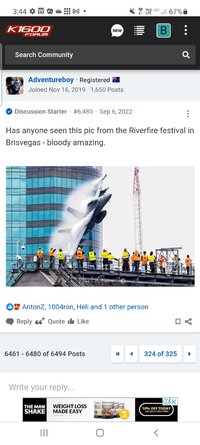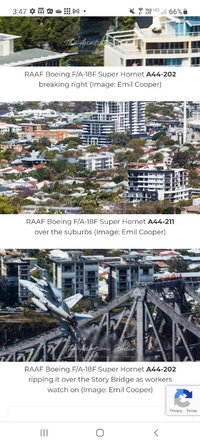When I started my mechanical apprenticeship, the old bloke I was working with was employed by RR pre-war as a fairly junior bod himself. Come the start of the war, he was seconded to the RAF and found himself in charge of Merlin rebuilds on BoB airfields. If he rebuilt a Merlin, the warranty applied; if the RAF bods rebuilt one, there was no factory guarantee. A 20mm cannon shell through the block disabled all warranties, apparently.
The stories he used to tell...
If you look at that video, you'll see the early Merlins had a one-piece casting for block and head, per bank. The rather uncertain nature of casting and war production meant that some castings were flawed and as a result glycol coolant got into the exhaust stream, causing a thick stream of smoke over the cockpit. This wasn't a problem in flight, but obviously necessitated a quick return to base or the nearest friendly airfield.
The problems started when trying to land a Spit with this thick stream of vapour blocking out the pilot's view.
The RAF lost several pilots due to that, and as a result RR started making the blocks and cylinder heads seperately.
When the first Packard Merlins arrived at RR, all the chief technical bods started stripping one down, not expecting the quality to be up to their standards.
Hah... there was much egg on face when they realised all the tolerances were BETTER than they could achieve at their own factory. Up to that point all the UK made Merlins were hand-finished, and every sealing surface was individually mated to its neighbouring part. Packard's machining meant that wasn't necessary and parts were truly swappaple for the first time.




